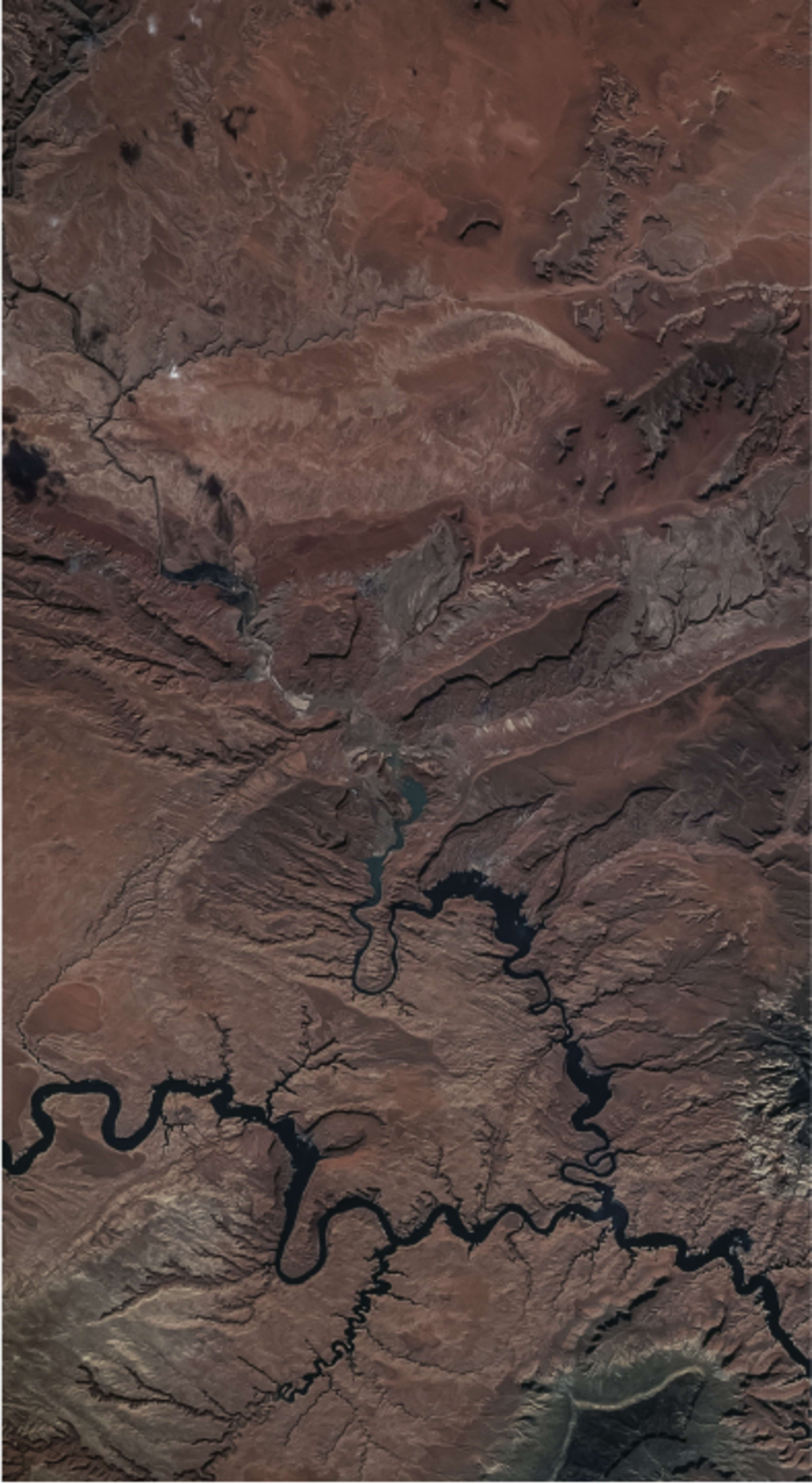Table of Contents
- Valley Fever, Now Endemic to Southwest, Disproportionately Affects ...
- Health Condition : Symptoms, Causes, Treatment and More
- Valley Fever (Coccidioidomycosis) : : Causes, Diagnosis, Symptoms ...
- After music festival diagnoses, health experts remind public of Valley ...
- Coccidioidomycosis and Valley Fever Guidelines - vfce arizona Doc ...
- 1000+ images about Coccidioidomycosis (Valley Fever) on Pinterest ...
- Figure 2 from Coccidioidomycosis (Valley Fever) in Primary Care ...
- 20 best Valley Fever (Coccidioidomycosis) images on Pinterest | Valley ...
- Valley Fever: 10 Symptoms of Valley Fever
- Where is Valley Fever found? | Anivive Lifesciences



Causes and Risk Factors


Symptoms and Diagnosis



Treatment and Prevention
Treatment for coccidioidomycosis usually involves antifungal medication, which can be taken orally or intravenously. In severe cases, hospitalization may be necessary. To prevent the disease, it is essential to take precautions when working or spending time outdoors in areas where the fungus is common. This includes: Wearing a mask when working with soil or dust Avoiding activities that disturb the soil Staying indoors during dust storms Avoiding contact with contaminated soil or dust